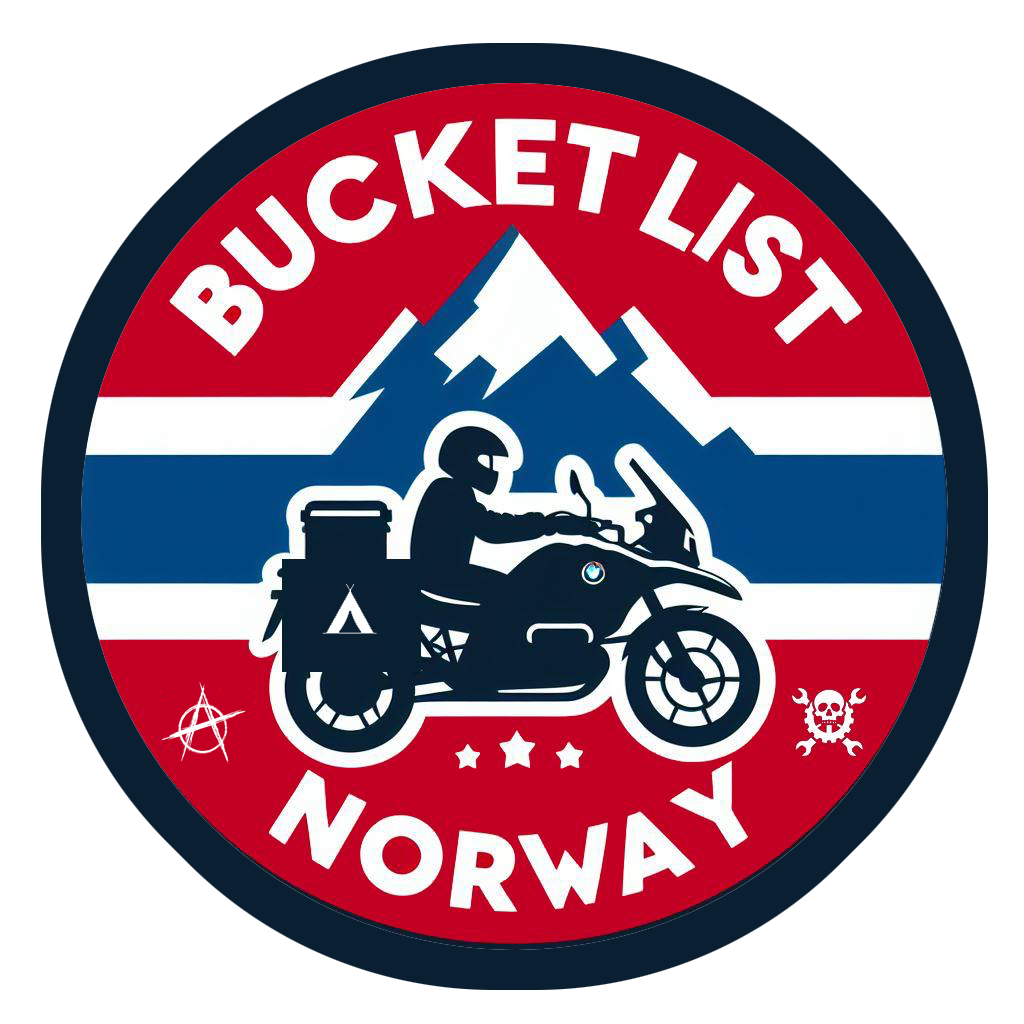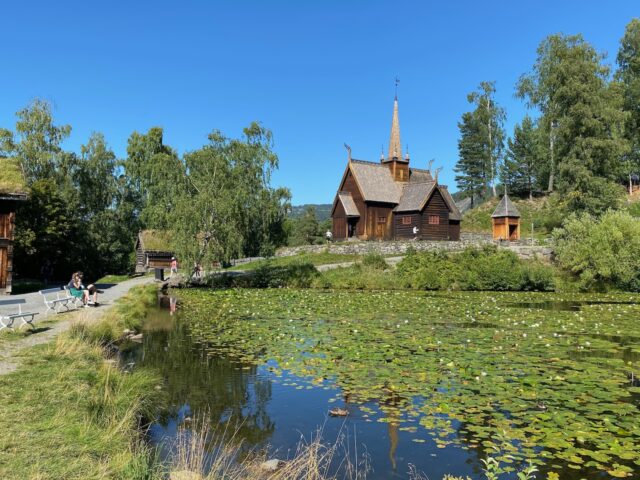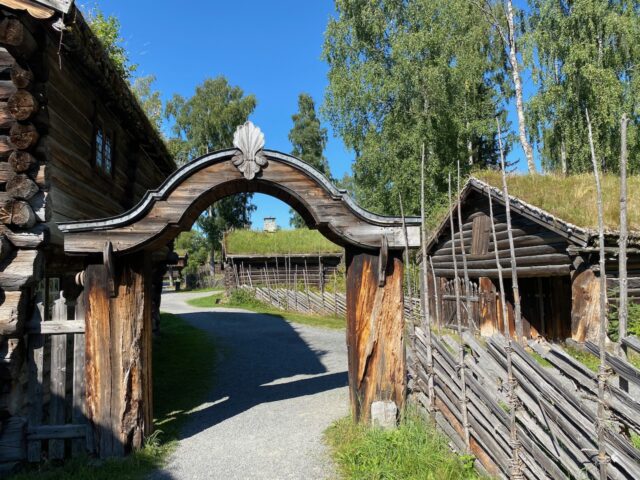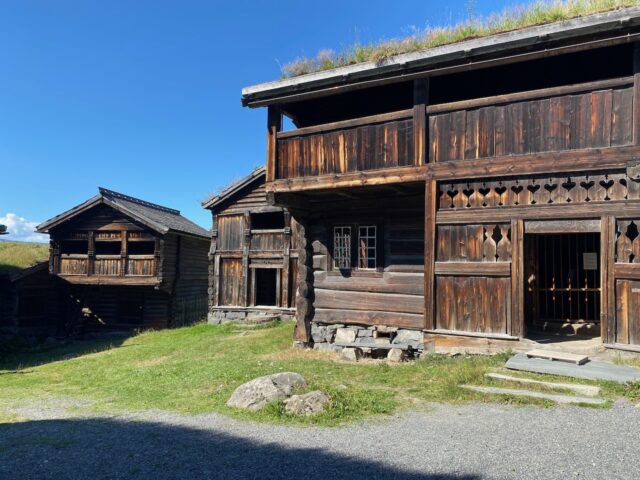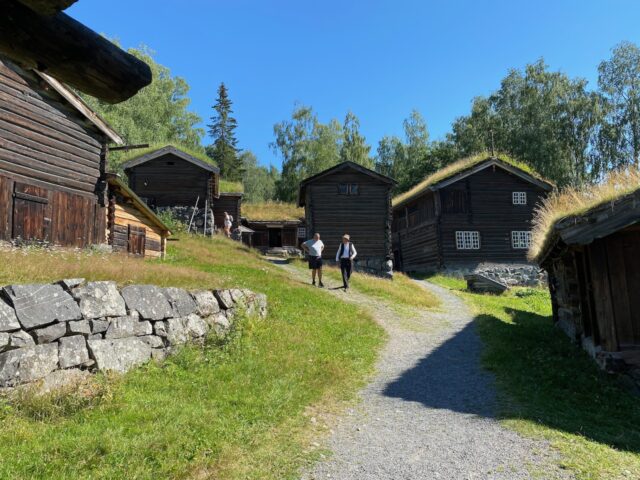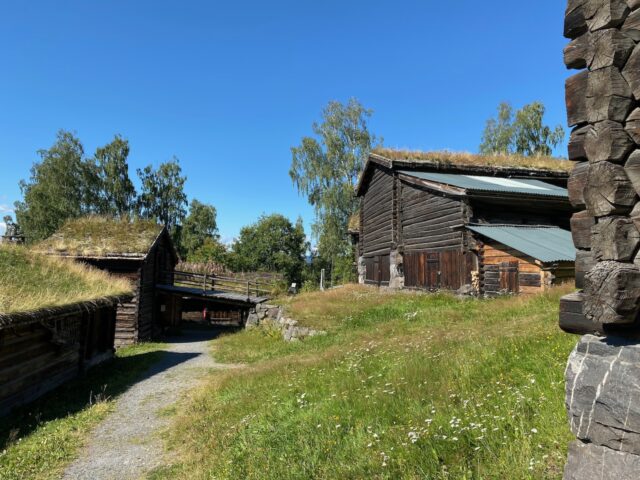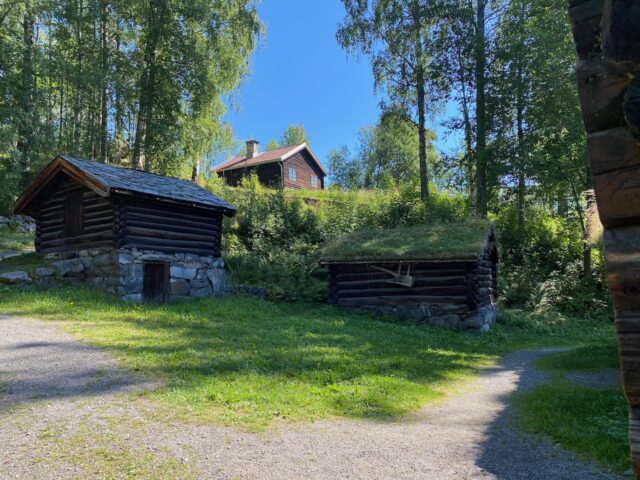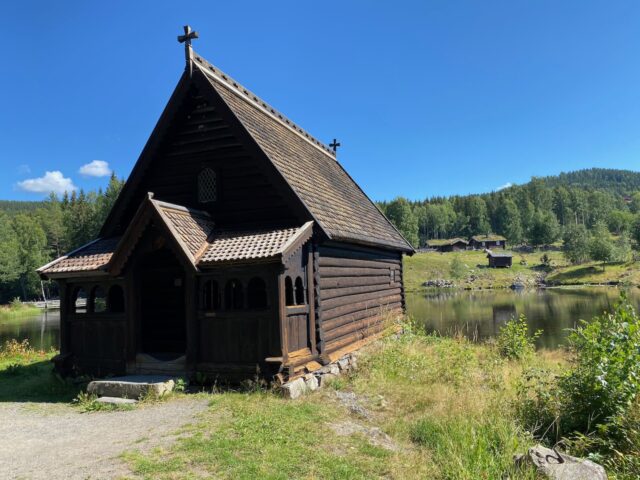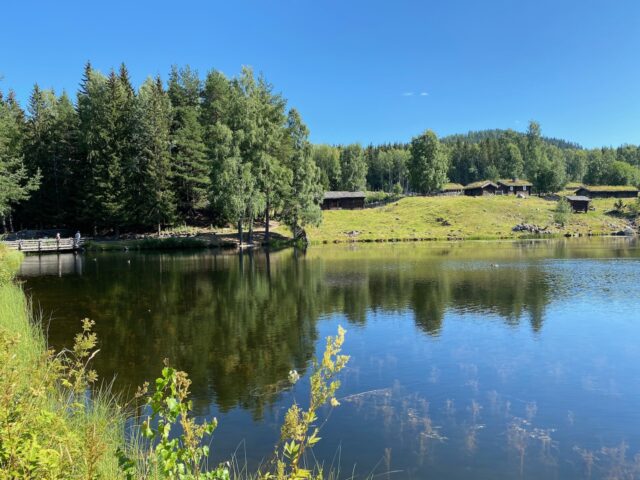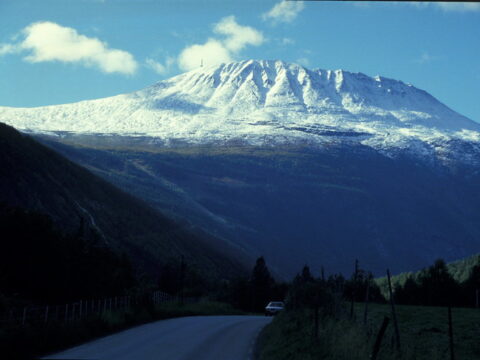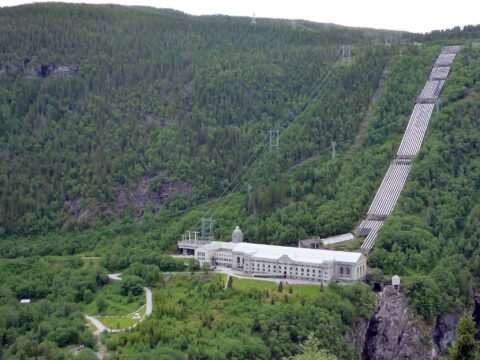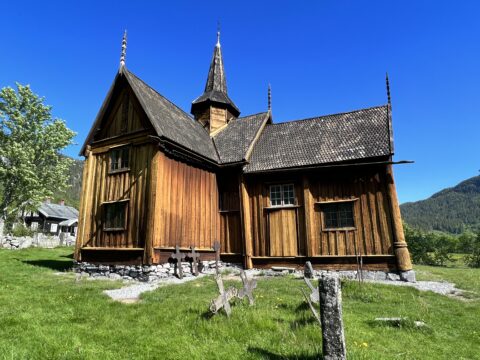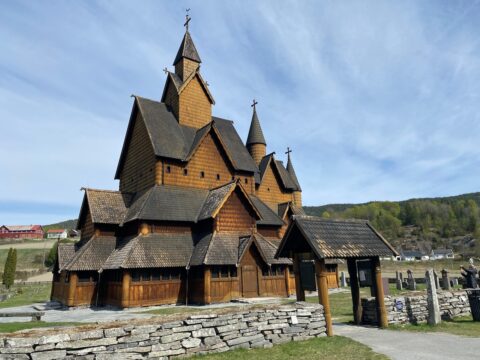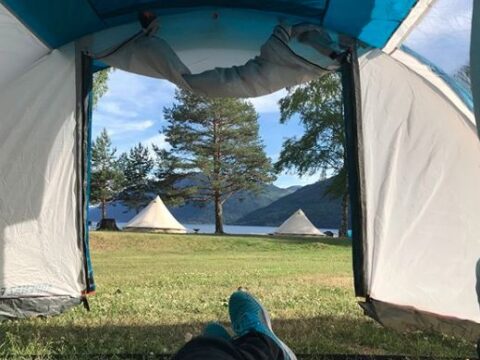The open-air museum Maihaugen at Lillehammer, is a MUST-DO if in the area. But set aside enough time. It’s a huge area to cover, and there is a lot to see. Maihaugen is a huge collection of authentic homes and houses from various time periods in Norway.
The founder, Anders Sandvig, collected from old houses and farmyards within Gudbrandsdalen to provide a sample of Norwegian culture and history in a museum. He first started in his backyard. But when his collection grew, in 1901, the town council offered him a permanent site for the museum. In 1904, the city of Lillehammer set aside an area already known as Maihaugen and bought Sandvig’s collection. They soon established the Sandvig Collections (Sandvigske Samlinger), the formal name for Maihaugen. Sandvig was at first hired as an unpaid curator, but was later appointed the museum’s first director.
The rural area
Maihaugen is possibly best known for the houses in the Rural Area. The many sunburned buildings were the homes of farmers, craftsmen and local officials in the 1700-1800s. Here you will meet the culture and the way of life of the old farming community. Make sure to stop by Garmo Stave church. In 1882, the church was disassembled and sold to Anders Sandvig. He brought it to Lillehammer, where it was re-erected at Maihaugen in 1920–1921.
The Town
The Town is designed to look like an inland town in the early part of the 1900s. In summer there is plenty of life and activities, and a wide range of experiences for the whole family.
The Residential Area
An exciting part of the open-air museum in Lillehammer is the Residential Area. Here you will find detached houses representing the various decades of the 1900s. You can also see the development of home standards and family life.
The oldest houses are placed at the bottom, and the House of the Future 2001 at the top. As we visit the homes, we can follow the technological development. How the kitchen and bathrooms were modernised, and how the different social and economical situations played a part.
There is a huge parking outside the museum. There are toilets spread around the park, and you can buy food, but why not bring something and have a picnic outdoor?
